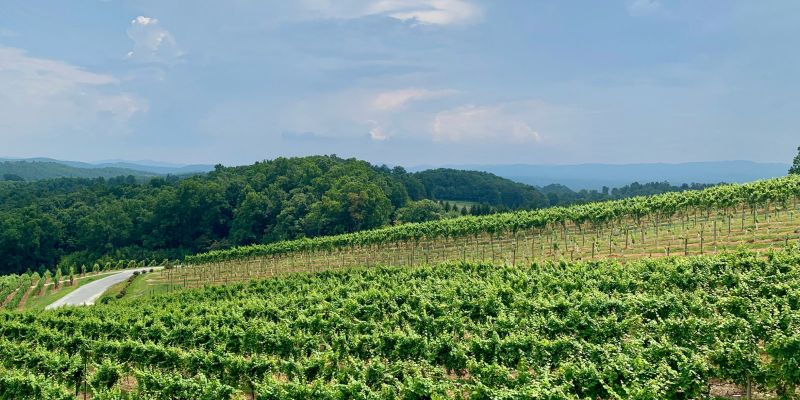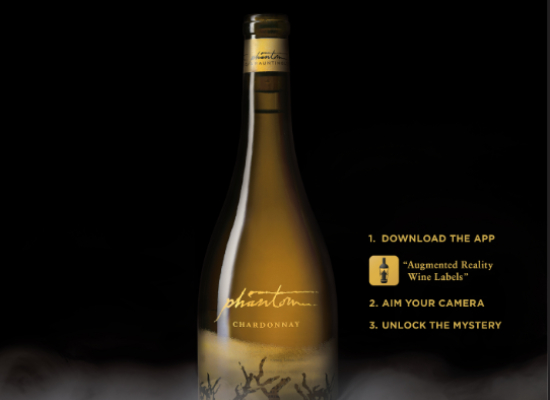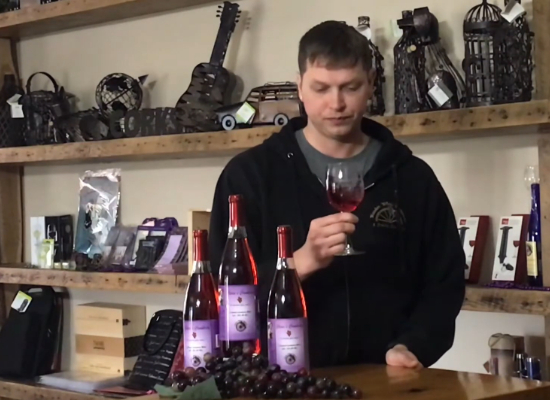Educating Sommeliers Worldwide.
By Beverage Trade Network

Many wineries, like Wooden Wheel Vineyards, Pt Leo Estate and Modus Operandi Cellars, are letting their consumers learn the taste of their wines through virtual wine-tasting videos. Some, like Phantom Wines and Tooth and Nail Wines, are using AR technology to share information about their wine offerings. In other words, the wine industry is undergoing a digital revolution, and augmented and virtual reality technologies are at the forefront.
With the increasing popularity of such advanced technologies, Sommelier Business talked to Stanley Edwards, the founder of Wine 360, a company specializing in creating immersive AR and VR experiences for wine brands. To date, the label has created audio-visual content for wine establishments like Charles Fox Wine Estate, South Hill Vineyards, Ormonde Wine Estate and more. In this interview, Stanley Edwards shares how innovative technologies are redefining wine consumption, from virtual tastings and vineyard tours to interactive storytelling and exclusive content.

Image Title and Credits: Stanley Edwards, Wine 360
It is becoming more convenient for consumers to access augmented and virtual reality content, as you can view them using web AR or smartphones. Therefore, we are witnessing a rise of brands that are taking advantage of the digital innovation. Wineries that do not adopt such technologies can run the risk of being left behind. It is not just about presenting the wine brand as a tech-forward brand but also understanding that an improved content experience can be good marketing for the brand. Consumers want information. They want to hear stories about the vineyards where their wines came from. They appreciate the option of listening to an expert discuss the aromatic and taste notes of the different wines available so that they can make a well-informed decision while purchasing a bottle. AR and VR are certainly versatile ways to deliver such informative content to consumers.
Also read: Wine Menu Created By ChatGPT and Its Thought Process

Image Title and Credits: Phantom Wines AR label
Wine brands should start by researching companies that can help them integrate augmented and virtual reality technologies for their brand. Once they find someone who aligns with their budget, they can discuss the main intent of the content and whether they will use it to entertain or inform their consumers about a specific bottle of wine or the vineyard. Based on that and how much money the wine brand is willing to spend, they can discuss what type of content will be included in their AR or VR interface. More importantly, wineries should also assess if their target audience would be interested in watching AR and VR content because it may not always be the best option.
For starters, there is virtual reality wine tasting, in which experts like winemakers can host virtual tasting sessions that guide consumers through the tasting process. Wineries can also go in a more fun direction and create interactive games where the player would get gems or points for exploring a winery or a wine region. Vineyards can even take their customers on a virtual tour and let them buy wines directly through the VR interface or scan the wine bottles to learn about the wine-making process. Augmented and virtual reality can also be used to foster a connection with loyal customers by offering exclusive content and events such as behind-the-scenes tours and early access to new releases. Once a wine brand has decided what it wants to showcase using AR and VR, it is time to start creating high-quality content.
Also read: Mechanized Versus Hand Work in the Vineyard: Crafting Top-Quality Wine

Image Title and Credits: Virtual tasting session by Wooden Wheel Vineyards
[[relatedPurchasesItems-61]]
We live in a very hyperconnected, mobile-centric world so people are exposed to so much online content. If wineries wish to make an impression on their audience, they should ensure that it is entertaining and informative. Often, consumers are disappointed by AR and VR experiences not because of the technology but due to subpar content. That is why I recommend wineries allocate a budget for high-quality content. By investing in compelling narratives and experiences, wineries can significantly enhance consumer engagement by sharing the video across various platforms like email newsletters, social media and more. The ‘create once, use many times’ approach is one of the perks of using augmented and virtual reality.
Header image sourced from Unsplash
Related links
Embrace Innovation and Opportunity at the 2024 International Bulk Wine and Spirits Show
Server Wine Training: Content, Organization and Implementation